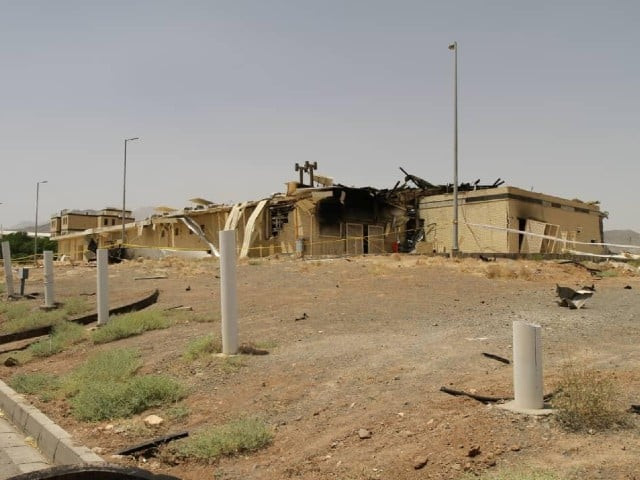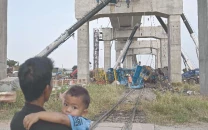Iran threatens retaliation after what it calls possible cyber attack on nuclear site
Underground Natanz Fuel Enrichment Plant (FEP) is one of several Iranian facilities monitored by inspectors of IAEA

Iran will retaliate against any country that carries out cyber attacks on its nuclear sites, the head of civilian defence said, after a fire at its Natanz plant which some Iranian officials said may have been caused by cyber sabotage.
The underground Natanz Fuel Enrichment Plant (FEP) is one of several Iranian facilities monitored by inspectors of the International Atomic Energy Agency, the UN nuclear watchdog.
Iran’s top security body said on Friday that the cause of the “incident” at the nuclear site had been determined, but “due to security considerations” it would be announced at a convenient time.
Iran’s Atomic Energy Organisation (AEOI) initially reported an “incident” had occurred early on Thursday at Natanz, located in the desert in the central province of Isfahan.
It later published a photo of a one-storey brick building with its roof and walls partly burned. A door hanging off its hinges in the photo suggested that there had been an explosion inside the building.
“Responding to cyber attacks is part of the country’s defence might. If it is proven that our country has been targeted by a cyber attack, we will respond,” civil defence chief Gholamreza Jalali told state TV late on Thursday.
An article issued on Thursday by state news agency IRNA addressed what it called the possibility of sabotage by enemies such as Israel and the United States, although it stopped short of accusing either directly.
“So far Iran has tried to prevent intensifying crises and the formation of unpredictable conditions and situations,” IRNA said. “But the crossing of red lines of the Islamic Republic of Iran by hostile countries, especially the Zionist regime and the US, means that strategy...should be revised.”
Suspicions
Three Iranian officials who spoke to Reuters on condition of anonymity said they believed the fire was the result of a cyber attack, but did not cite any evidence.
One of the officials said the attack had targeted the centrifuge assembly building, referring to the delicate cylindrical machines that enrich uranium, and said Iran’s enemies had carried out similar acts in the past.
Two of the officials said Israel could have been behind the Natanz incident, but offered no evidence.
Asked on Thursday evening about recent incidents reported at strategic Iranian sites, Israeli Prime Minister Benjamin Netanyahu told reporters: “Clearly we can’t get into that.”
The Israeli military and Netanyahu’s office, which oversees Israel’s foreign intelligence service Mossad, did not immediately respond to Reuters queries on Friday.
In 2010, Stuxnet computer virus, which is widely believed to have been developed by the United States and Israel, was discovered after it was used to attack Natanz facility.
Natanz was built in secret without the IAEA’s knowledge but was exposed by an Iranian opposition group in 2002. Iran acknowledged the sites existence in 2003.
The underground Natanz site remains the centrepiece of Iran’s enrichment programme, though Tehran denies ever seeking nuclear weapons, saying its atomic programme is only for peaceful purposes.
Iran curbed its nuclear work in exchange for the removal of most global sanctions under an accord reached with six world powers in 2015, but has reduced compliance with the deal’s restrictions since the United States withdrew in 2018.



















COMMENTS
Comments are moderated and generally will be posted if they are on-topic and not abusive.
For more information, please see our Comments FAQ